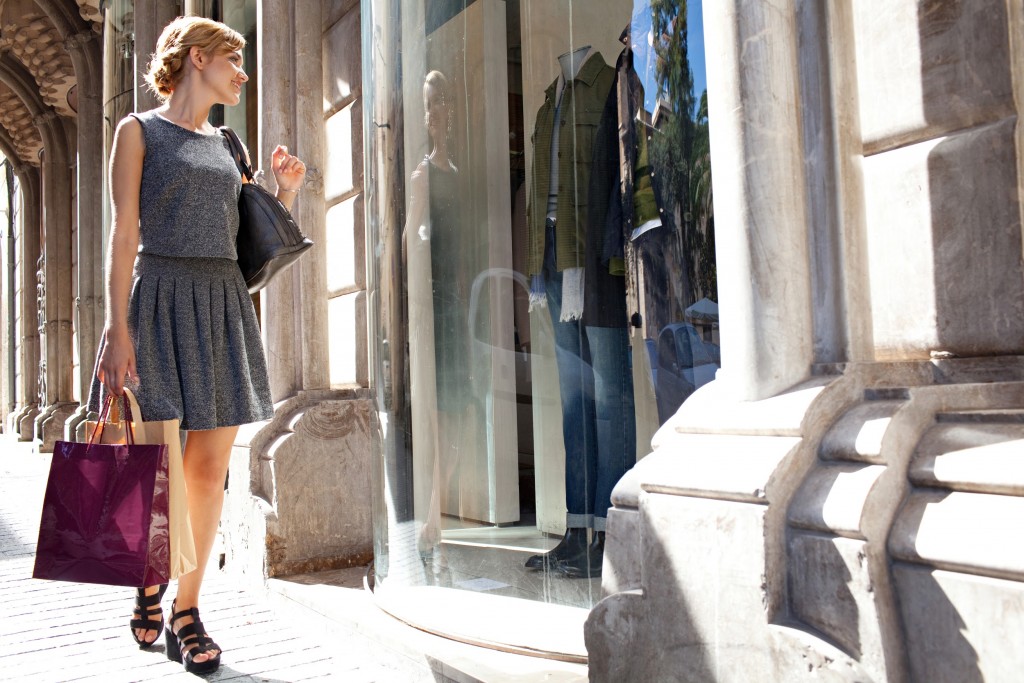The Changes in Luxury shopping in 2017
With increased accessibility, can a luxury brand still be luxurious? Traditionally, luxury and scarcity have always gone hand in hand. The supply of the product is kept below the customer demand, hence increased desirability and prices. This approach helped the companies to maintain status and relevance. However, the digital world has changed how consumers perceive and consider luxury with implications on the way brands maintain and manage their market position.
New luxury shopping trends keep emerging too. For instance, Instagram pages promote and share luxury lifestyles unlike before. This has expanded the luxury retail accessibility to bigger audiences, exposing what used to be known and attained by a few. What’s even more perpetuating is the increased insatiable appetite for anything luxurious.
 Now the big question is, how will luxury brands maintain their relevance and remain sustainable in the market? Different brands have been responding in various ways as they seek to keep their contemporary luxury space.
Now the big question is, how will luxury brands maintain their relevance and remain sustainable in the market? Different brands have been responding in various ways as they seek to keep their contemporary luxury space.
Let’s explore some of the changes happening in the luxury brand space:
Maintaining scarcity to increasing demand
Can luxury brands respond to accessibility and still maintain their supply and demand balance that keeps the scarcity factor intact? Often, these brands have a greater control on demand and, this assists them to retain the positioning of their brand.
Some companies keep production below demand hence creating a waitlist and the perception that a customer can’t just march into a store and get the product they want. This strategy deliberately boosted interests and desirability.
A brand like Hermes decided to increase the production of one of their most desired handbags – The Hermès Birkin. After the announcement was made last year, the performance of the company has grown as a result of the production. This latest move was driven by increased demand in the global market.
The company still has greater control over the demand, and they can maintain the perception of scarcity. This approach so far has delivered more profits without affecting the reputation and brand.
If Hermès responded by reducing production or maintaining their initial output, the scarcity of the bags would have led them towards obscurity. Obscurity can happen if a desirable product becomes unobtainable. Customers will seek for other similar items.
Protecting value of a brand in the secondary market
Another way consumers can get luxury brands is through the secondary market. Companies are now moving in to take control of their own secondhand market. Initially, the supply and distribution of the items were left to dealers.
As a result, items were altered, changed, modified, or even swapped and then resold at the same price or even higher. Any faults or damages within the products were blamed on the manufacturer. This caused serious threats to the equity of the brand.
By entering the market, companies can manage the supply, quality, and price of its used items. This way the image of the brand isn’t destroyed and customers can get the value for their money.
These latest strategies from the luxury shopping trends are helpful, although they are dependent on increased demand. If the demand according to online shopping trends remains high, the strategies can work. But, if the demand were to slip regardless of the quality, the value of the items can be affected.
Summary
To maintain the status and position of expensive brands, luxury retail businesses will need to come up with such strategies so as to remain relevant. With our changing multi-media lifestyles, opinions and markets can change faster than expected. Technology can drive these changes even more quickly. So, ensure that your brand moves equally fast with the changing times for the product to remain desired, relevant, and appropriately accessible.




